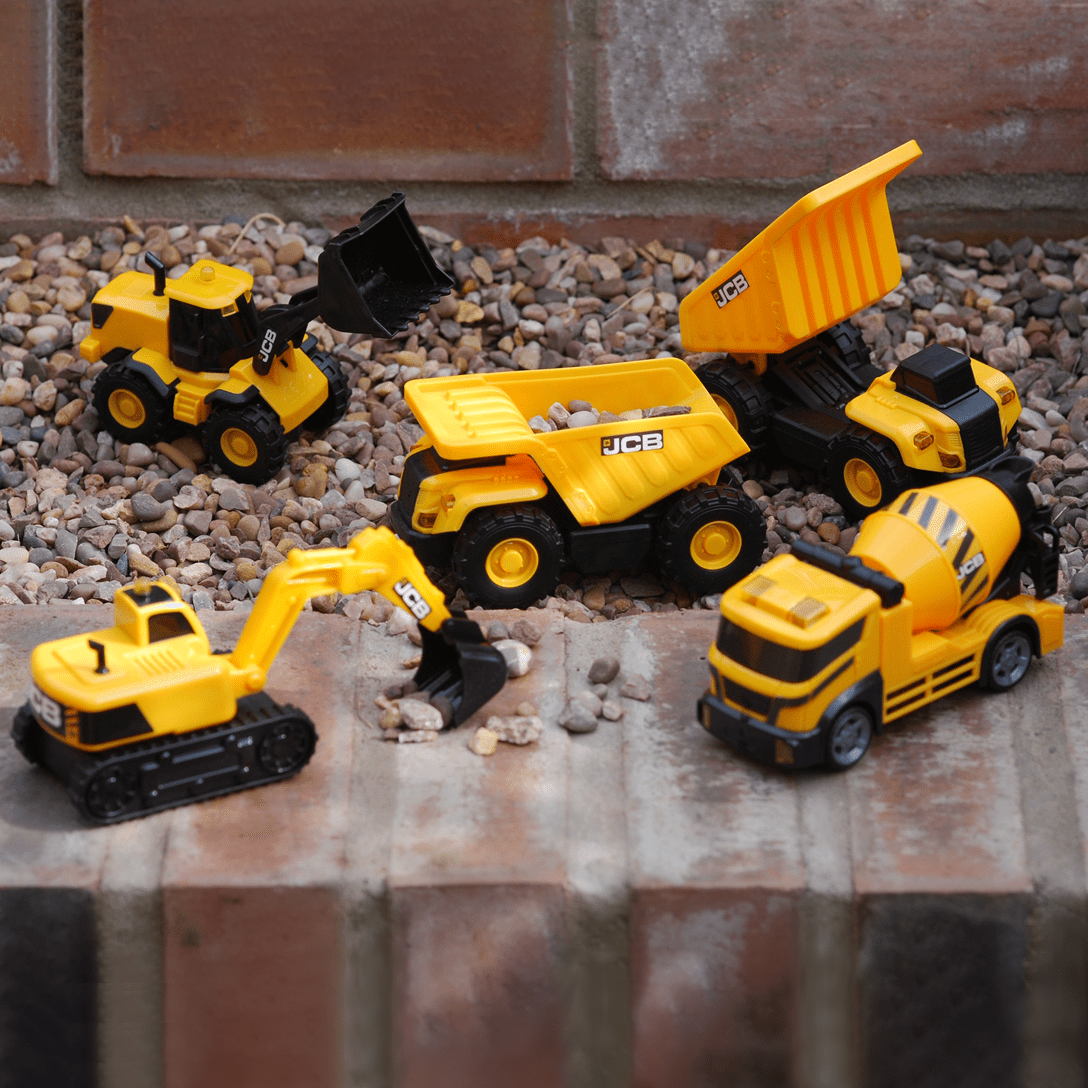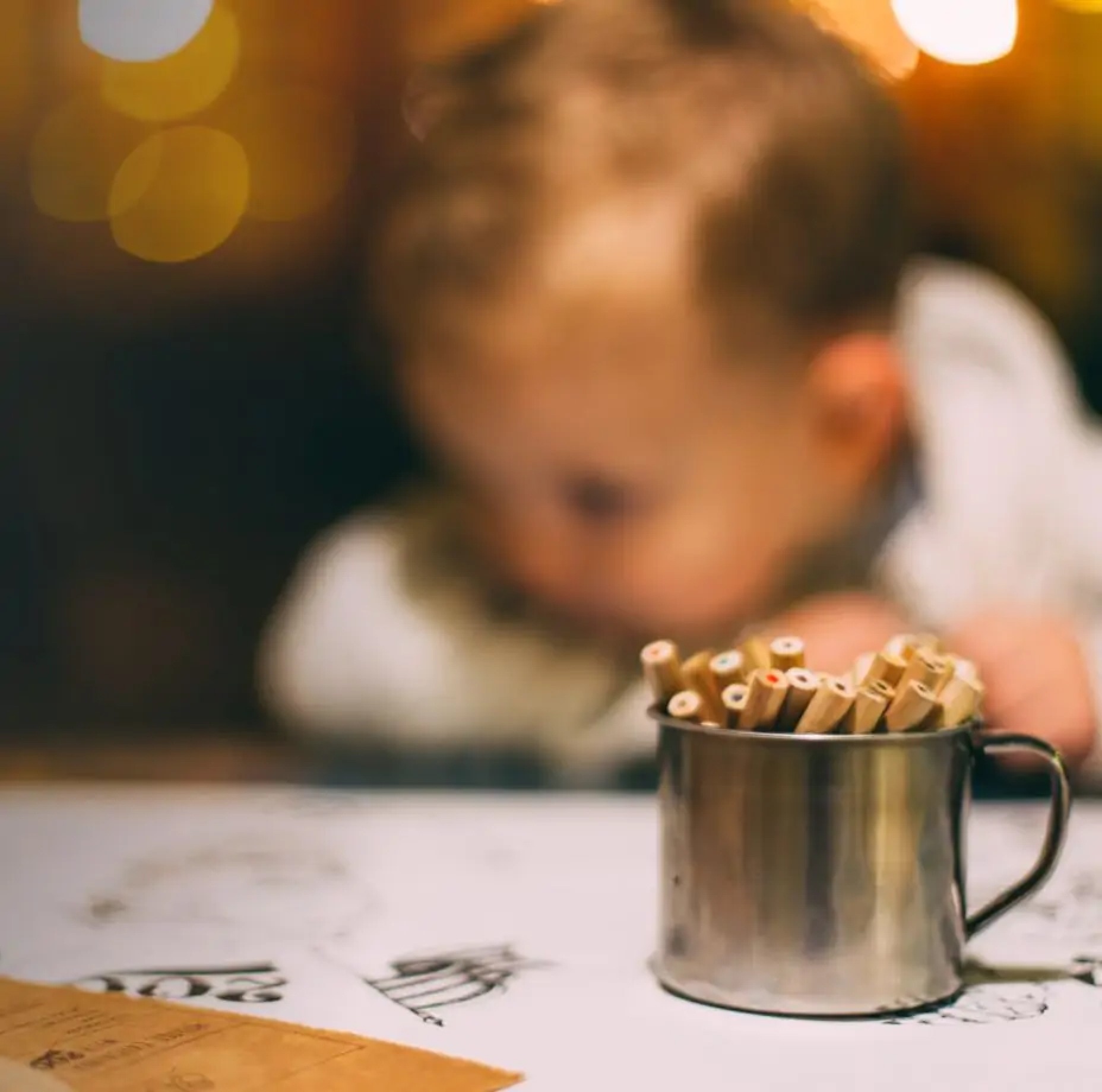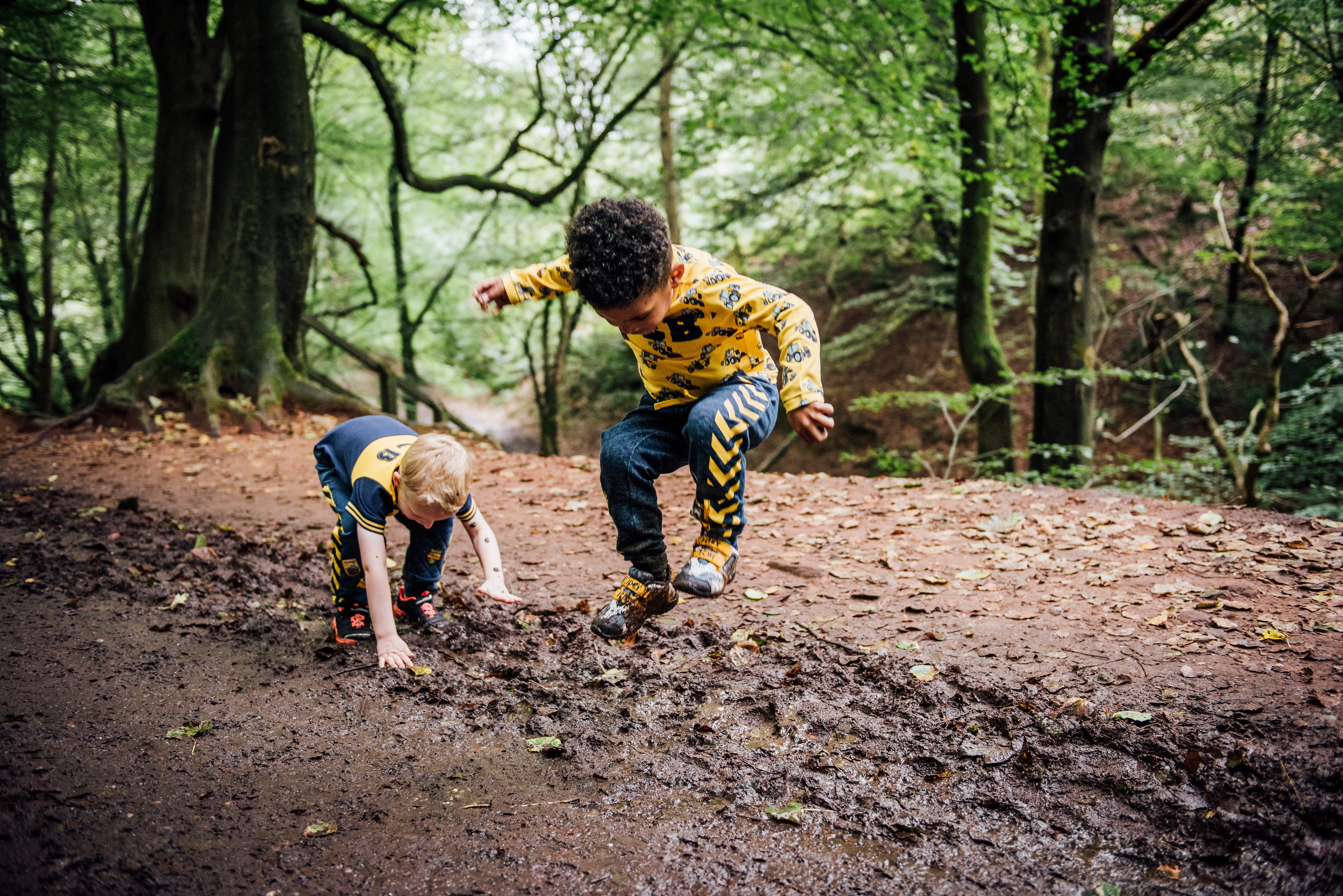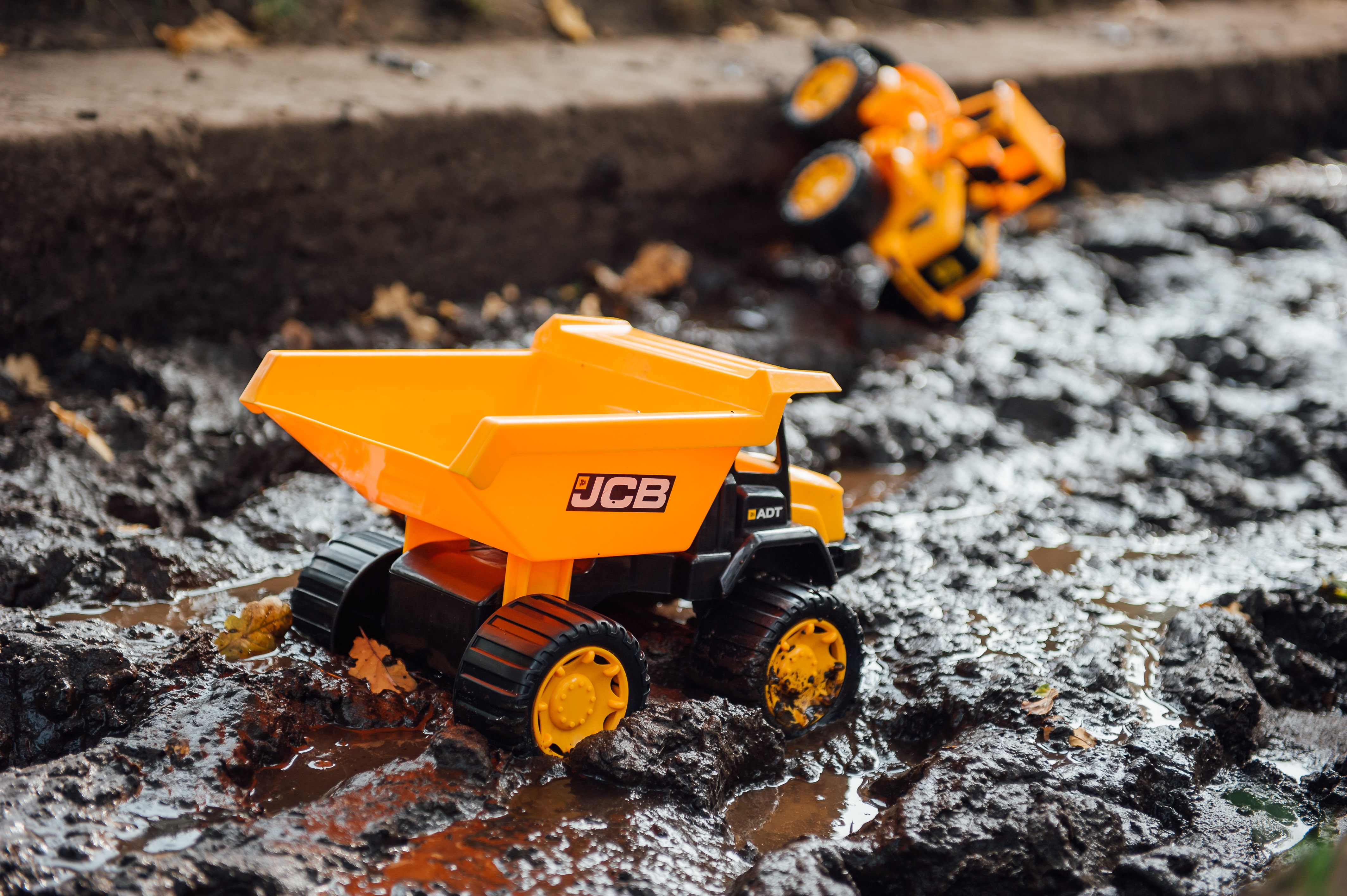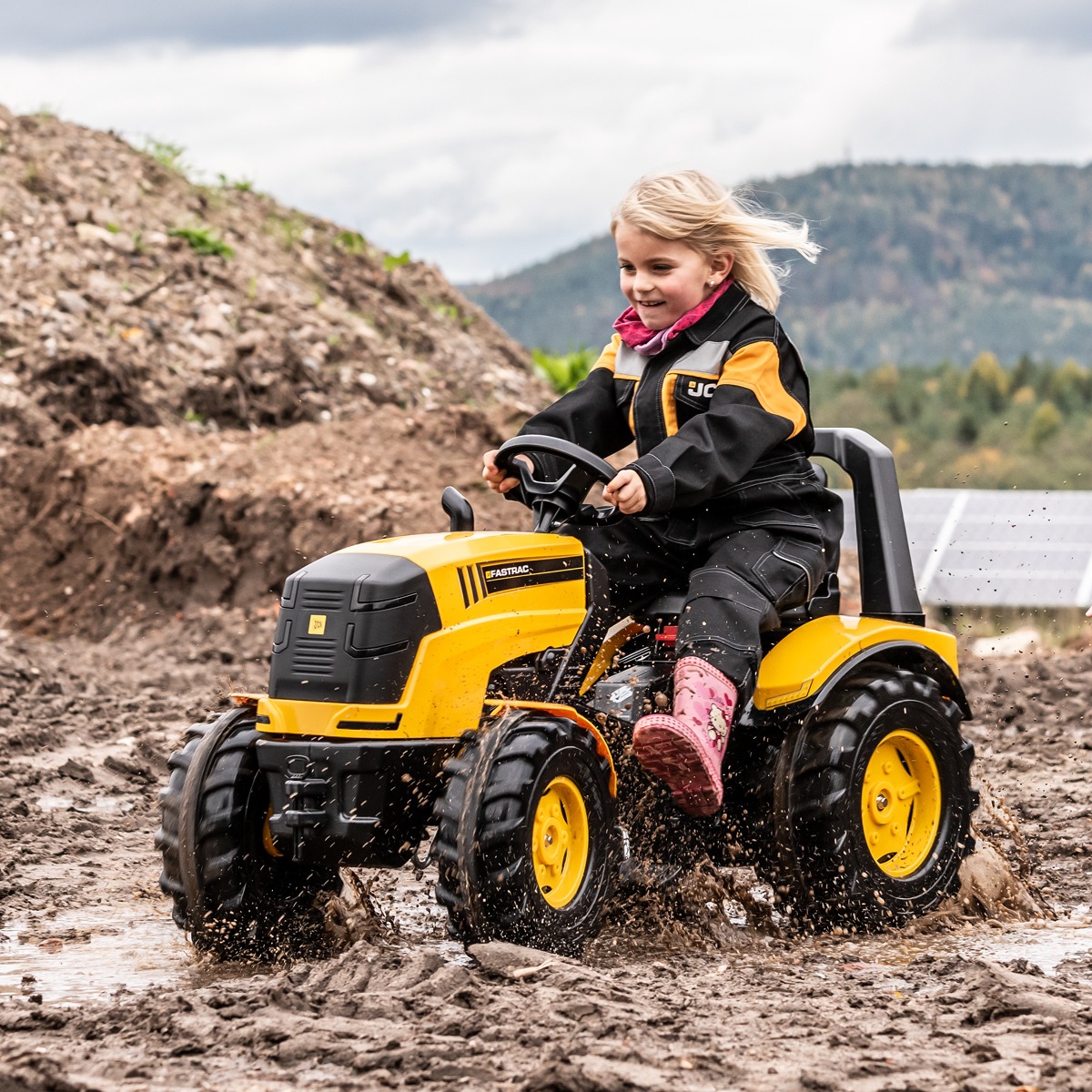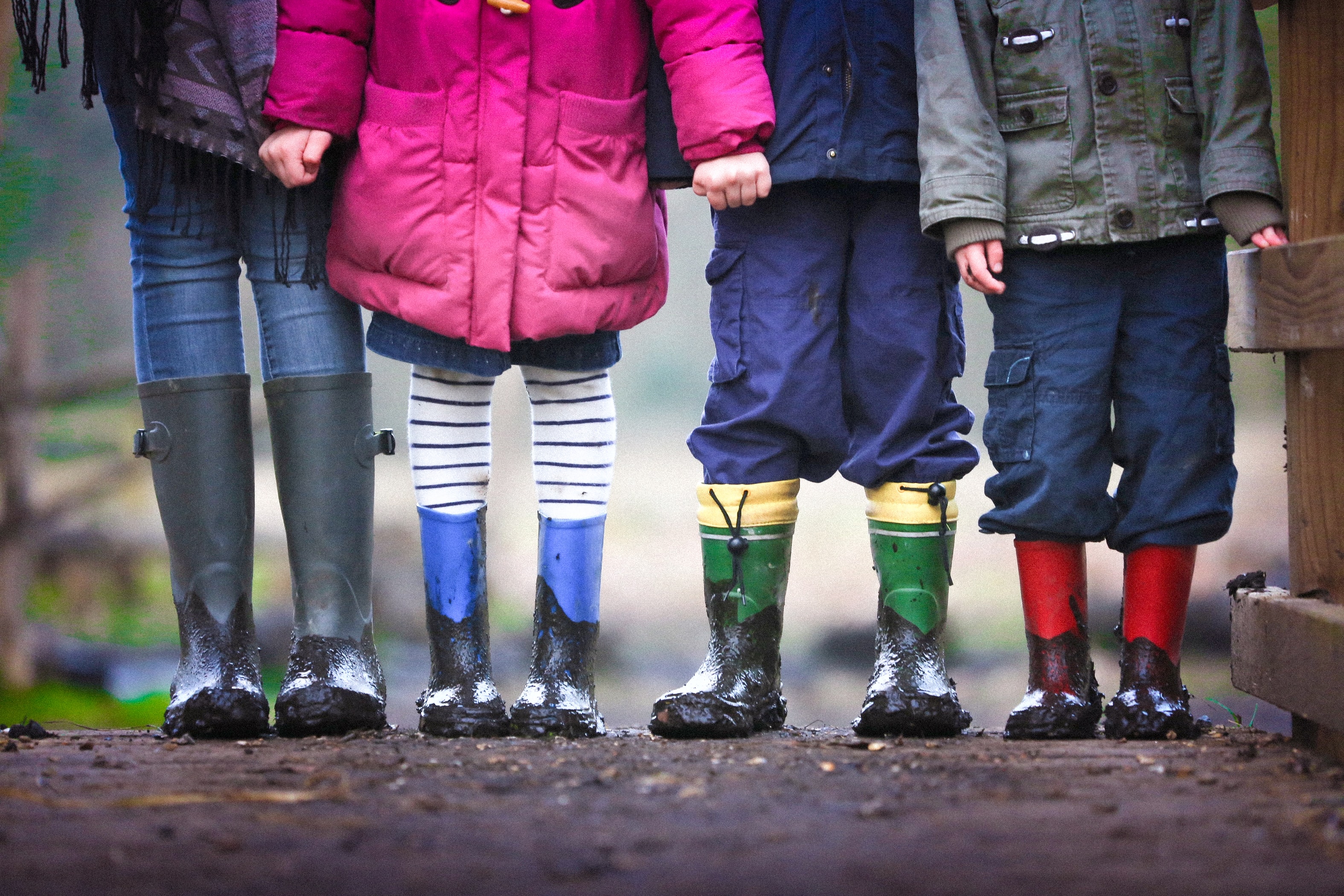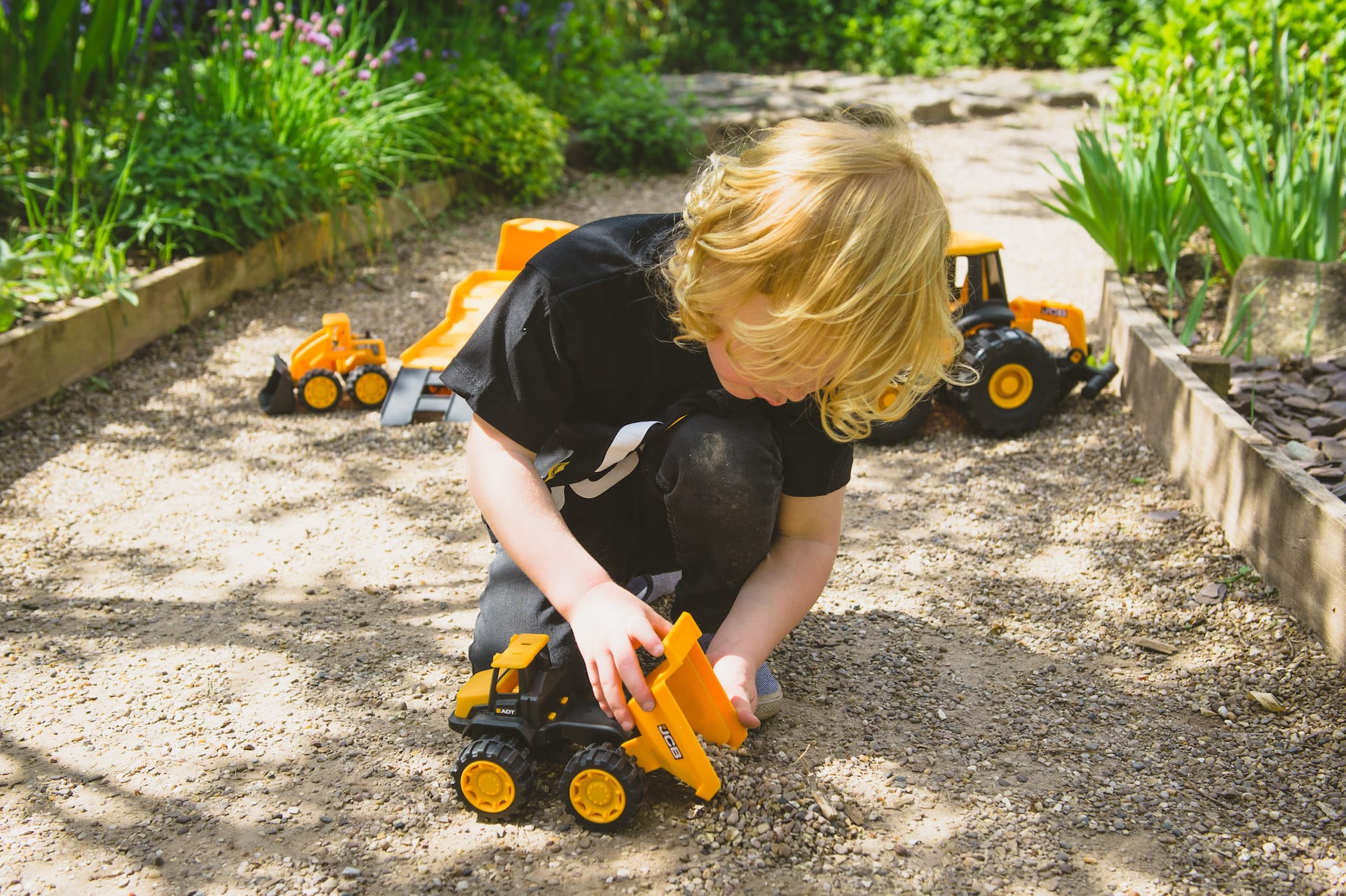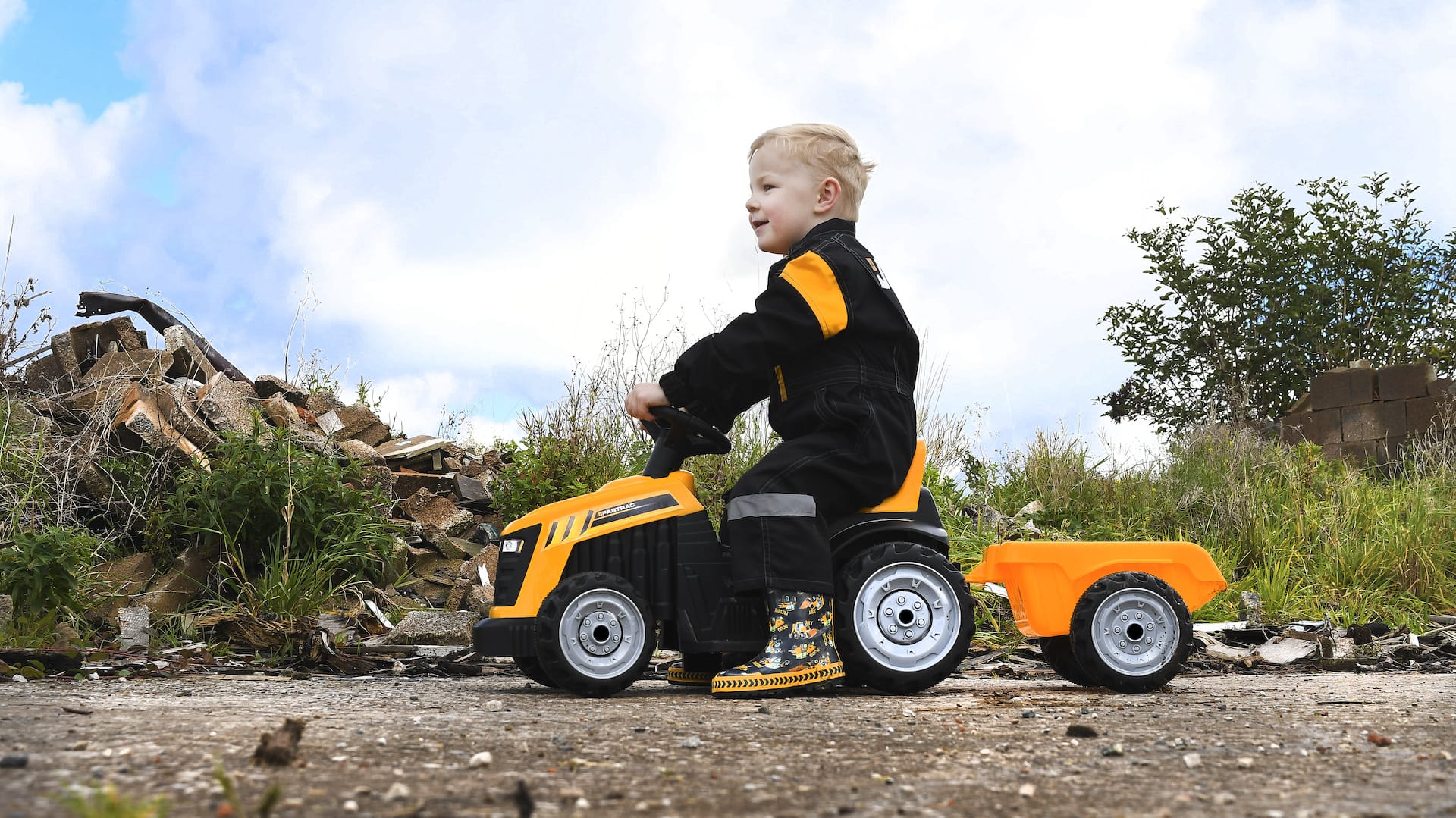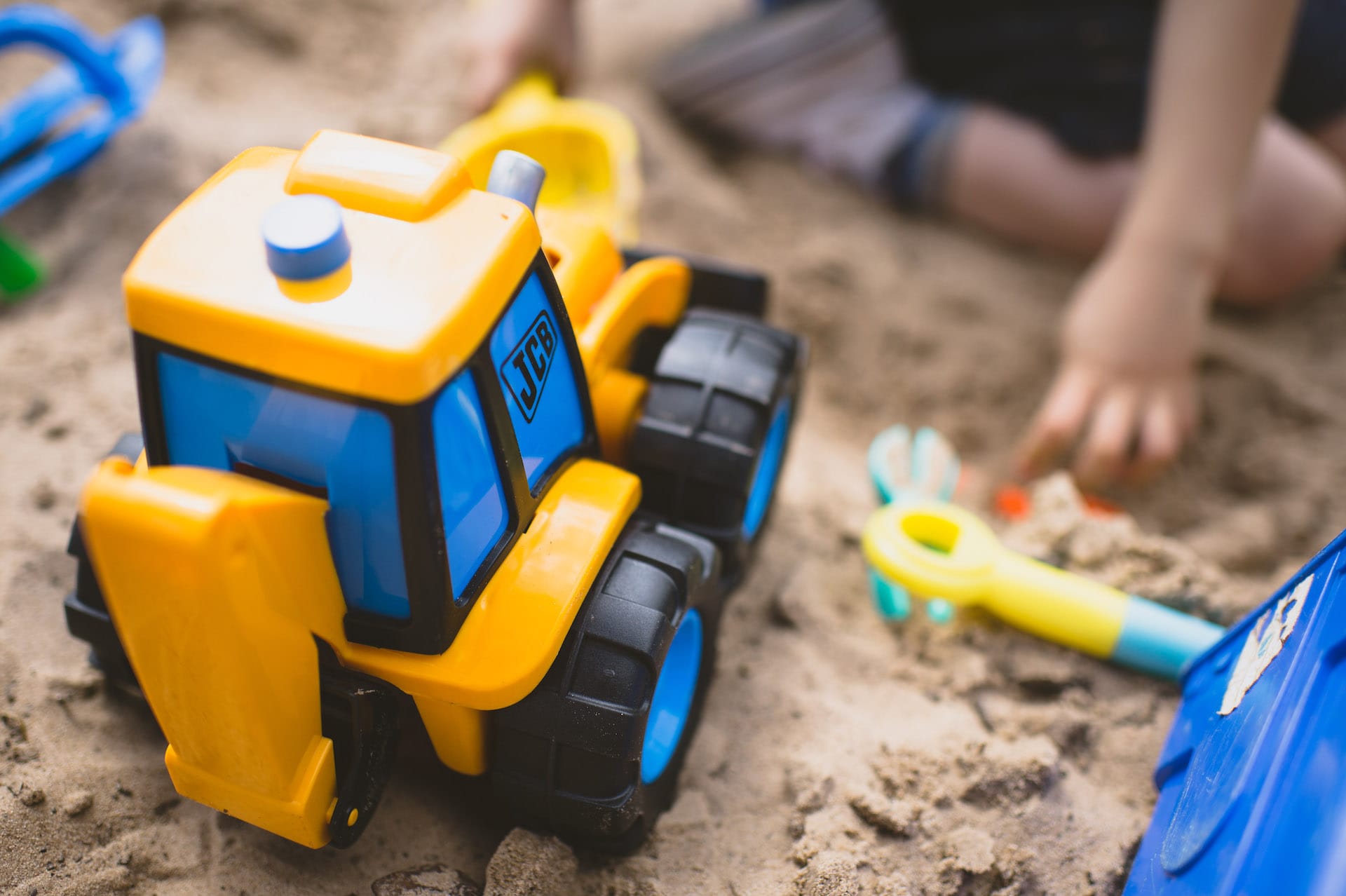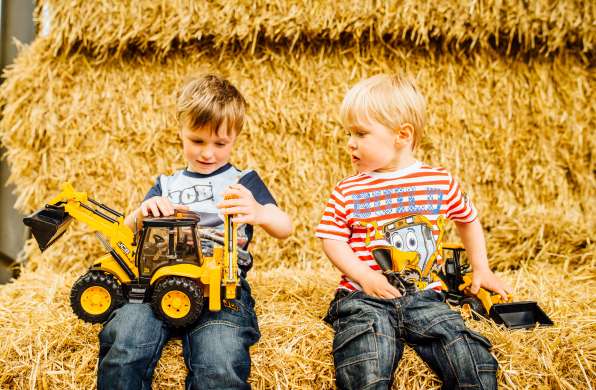Construction seems like a dull and uninteresting field, but it is actually quite fascinating. The construction industry has been around for centuries and it never ceases to amaze. If you’re interested in learning more about how buildings and structures come together, read our blog post and discover some interesting, little-known aspects of this ever-evolving industry!
- The Eiffel Tower moves
One of the world’s most famous buildings is arguably the Eiffel Tower, which was built in 1889. This Parisian landmark has become an international symbol for France and one of the most recognisable structures on Earth. But did you know that it actually moves? The immense structure is wind resistant and will sway during a storm. The heat of our sun also affects this huge tower causing its iron components to expand or contract up to 7 inches.
- The Burj Khalifa weighs approximately 450,000 tonnes which is an equivalent of 100,000 elephants
The Burj Khalifa is a huge monument to human ingenuity and determination. It took an army of people, from architects to engineers, scientists, builders and more just to construct the building that stands as one of the most recognisable structures in the world today. One of the most mind blowing Burj Khalifa facts is how much it weighs. To put things in perspective, 100 thousand elephants’ worth of concrete was used to build this building!
3. There are 10 million bricks in the Empire State Building
The Empire State Building is one of the most famous buildings in all of New York City. It’s hard to believe, but this immense project took only 20 months from start-to-finish and 10 million bricks were used in the process. But did you know that the construction process came with a human cost? At least five workers were killed during its construction. While it may have been completed ahead of schedule and under budget, this tragedy cannot be overlooked or forgotten.
4. The largest machine in the world is the Large Hadron Collider.
The Large Hadron Collider is the biggest machine that man has ever built. It was designed and constructed to study subatomic particles. It lies in a tunnel 27 kilometres (17 mi) in circumference and as deep as 175 metres (574 ft) beneath the France–Switzerland border near Geneva.
5. The filming of the Teletubbies was done using two JCB generators for power
The Teletubbies series was a hit show for children and adults alike. But did you know that filming of their famous episodes required two JCB generators? These machines were used to power the necessary equipment while creating the artful content we all loved so much.
We hope you have enjoyed reading about the fascinating world of construction, and that it gives you some facts to show to your children. If so, we encourage you to share it with anyone who also might find it interesting!



